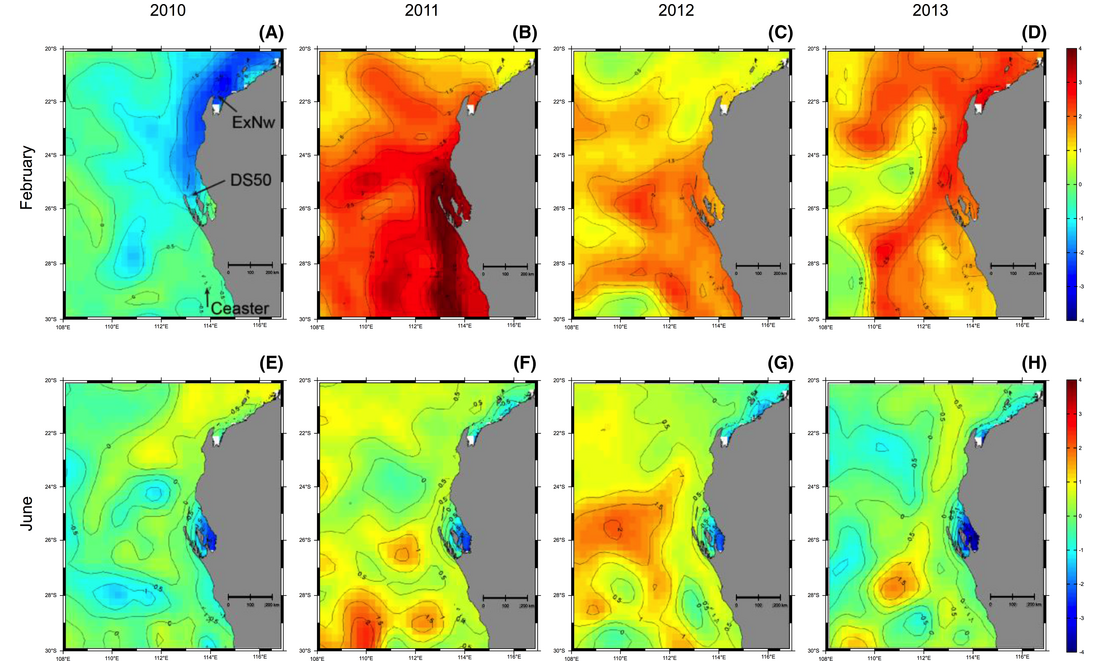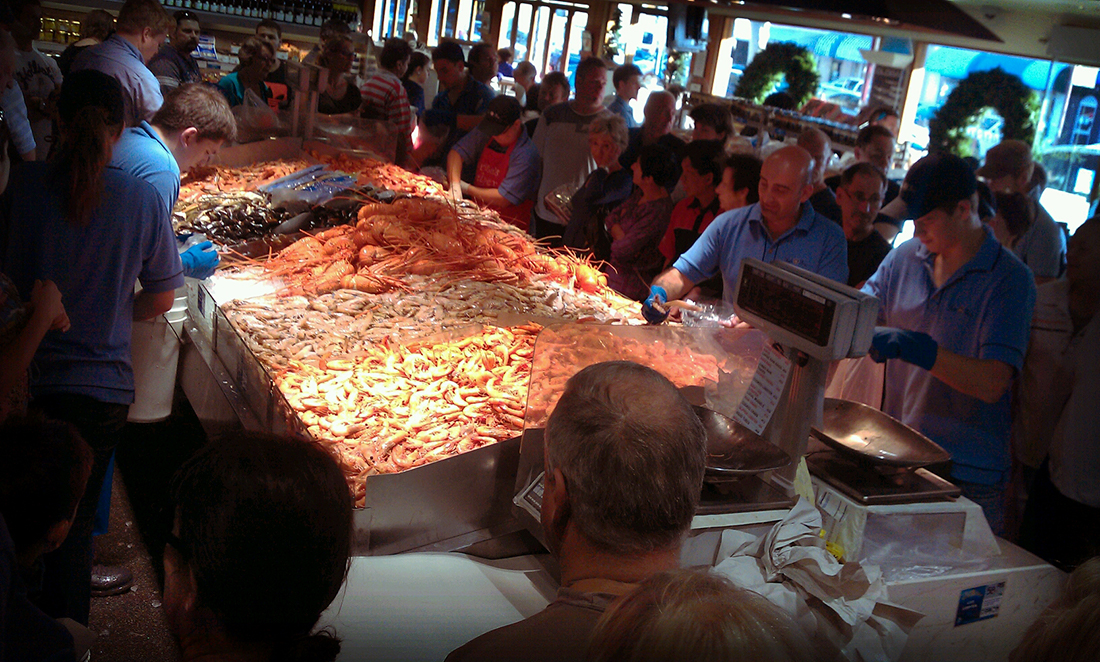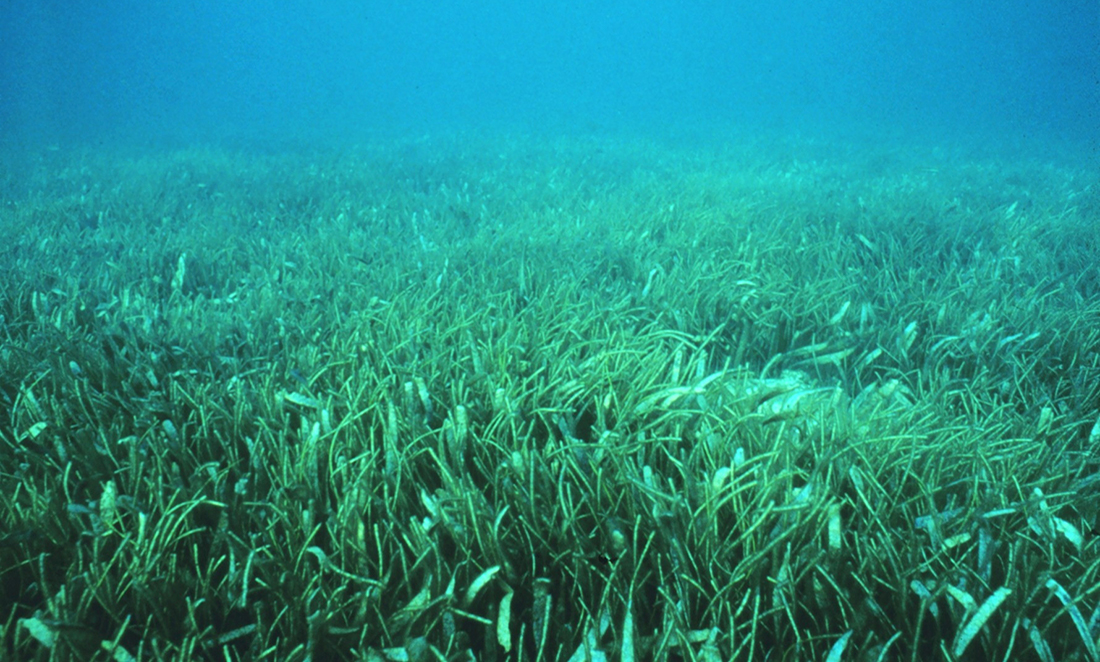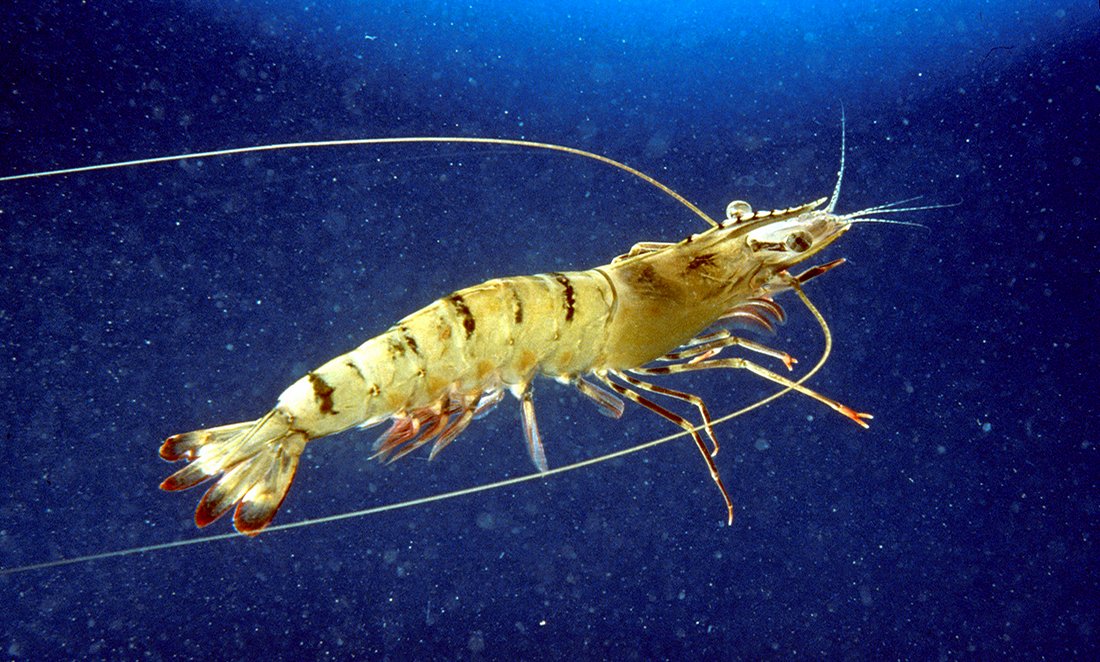Climate change is never cut and dried (or cut and flooded, depending on where you live).
It’s complicated, and we don’t fully understand how it’ll affect our planet. There can be good and bad things that come out of it.
Of course, depending on whether you’re a delicious crustacean or a human, good and bad outcomes mean entirely different things—I’ll get to that in a bit.
First, let me tell you about a heatwave that put Fury Road to shame.
THE EXTREME MARINE HEATWAVE OF 2010/11
You think 3 days in a row over 40°C is bad? Try 3 whole months.
From December 2010 to February 2011, the sea surface temperature off our coast was, on average, 4 to 5°C above normal.

Even 100 metres under water, you could still feel it.
The effects of the heatwave on our marine ecosystems are still being worked out by scientists. Some organisms will never recover from the heatwave. For others, it’s been a rollercoaster ride back to relative normalcy.
Take the humble prawn.
A TALE OF TIGERS AND KINGS
Aside from their role in advertising Aussie tourism, prawns are big business in WA.
Shark Bay is home to our largest prawn fishery, which harvests the western king prawn and the brown tiger prawn.
About 700km north, the Exmouth Gulf hosts the second largest prawn fishery. Like Shark Bay, the boats are mostly there for the tigers and kings.
In 2014, the Shark Bay prawn fishery was valued at $25 million, with the Exmouth Gulf fishery coming in at $6 million. The entire prawn haul for that year was 2,000,000kg.
No small beans.

So lucrative were prawns in the 1980s that overfishing threatened both species in both locations. Thankfully, the Fisheries Department (now the Department of Primary Industries and Regional Development) was able to put in place management strategies that ensured both Shark Bay and Exmouth were able to develop into lasting, sustainable fisheries.
HEAVY WEATHER
These fisheries have felt the effects of extreme climate before—both good and bad.
In 1975, Cyclone Rita passed by Exmouth and stirred the pot—in a very good way. Following the storm, scientists reported that brown tiger prawns were present in record numbers. They believe Rita’s visit made some waves, disturbed the seabed and put more prawn food in the water column.
25 years later came Cyclone Vance. One of six cyclones that season, Vance’s eye straddled the gulf that housed the fishery and cut a line straight down the middle. Wind speeds greater than 200km an hour ripped apart seagrass nurseries, leaving baby prawns defenceless against the elements and hungry fish.
When the number of young prawns is low, continued fishing of the animals can cause the fishery to collapse.
Luckily, the Fisheries Department had it covered and put appropriate restrictions in place.
In fact, they’ve had it so well covered that, in October 2015, both the Shark Bay and Exmouth Gulf prawn fisheries achieved the Marine Stewardship Council’s eco-tick. It’s like the Oscars of third-party sustainable fisheries certification.
WINNERS AND LOSERS, MOVERS AND SHAKERS
Unfortunately, all the restrictions and certifications in the world can’t shield us from the global impact of climate change.
In the summer of 2010, weird winds in the western Pacific combined with reduced southerly winds off the southwest of WA created a powerful current that brought tropical water streaming down our coastline. Combine this with an intense La Niña period, and you’ve got yourself the mother of all heatwaves.
And just like the cyclones, it brought both good and bad impacts.
HITTING THE WATER
In Shark Bay, both the kings and tigers had record high seasons in 2011. Scientists presume that this was because the water in Shark Bay is approximately 2°C cooler than in Exmouth, so the heatwave likely bumped it up to a more agreeable temperature for the prawns.
Interestingly, the years that followed the great heatwave also saw above-average temperatures and yet prawn populations returned to normal size.
Up in Exmouth where the waters are typically more tropical, the extra few degrees seemed to make king prawns suffer. 2011 saw a huge drop in population size. Scientists aren’t sure exactly why. Did the temperatures affect the prawns themselves? Their behaviour? Their physiology? Or did it affect their food source?
Whatever it was, it seemed to only affect king prawns. Tiger prawns in the Exmouth Gulf had a bumper season in 2011, with one of the highest catches of new young prawns ever recorded.

But once again, it was a different story in 2012. While the Exmouth tiger prawns thrived during the heatwave, the sea grass had suffered. Leaves were lost, flowers collapsed, seeds aborted, which meant that the prawns’ nursery habitat was once again destroyed, indirectly leading to a collapse in stock numbers.
These detrimental effects on the Exmouth tiger prawns appear to be longer lasting than any other impact on prawn populations, but the tiger prawn fishery is now fully recovered.
SCIENTISTS LEADING THE BLIND
Clearly, there’s much to understand about the effects of climate change on our planet. There’s a lot we don’t know.
But there is one thing that we can find out.
We can find out (roughly) how many prawns are in the water, and we can estimate how many prawn babies they’ll have next season.
Since the great heatwave (and for a long time before it), the Fisheries Department has been surveying the seas, counting crustaceans and doing what they can to make sure we don’t double down on climate-caused catastrophes.

The efforts of scientists to monitor, detect and manage accordingly is one of the only ways that we can move forward with some sense of reasonable understanding.
Probing ahead a little at a time, science is the proverbial white cane to our collective blind person. It helps us move forward inch by inch without letting us walk off the curb into the oncoming traffic that’s about to take us out.
With climate change events more and more likely to flatten us in the future, now, more than ever, we need advice from our friends in the fisheries—and we need to follow it.








